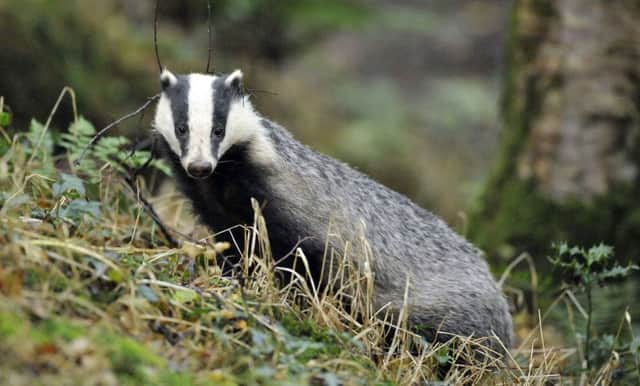Country & Coast: Wild victim of the roads


I spotted one that was lying half on the grass verge just before a lay-by, and pulled in to take a look at the poor creature. Although it was badly mangled, I could tell this was a cub of perhaps three or four months old.
Outwardly, the adult badgers that are found as roadkill often have barely a mark on them because their extremely thick and heavy skin can survive the impact of a car. However, the severe internal injures they suffer are usually fatal. A few years ago I found one beside the busy A65 between Ilkley and Skipton, and its body was so intact that it looked although it had simply curled up and fallen asleep.
Advertisement
Hide AdAdvertisement
Hide AdI have seen one estimate that 50,000 badgers die on the UK’s roads every year, and it is said that Yorkshire has some of the biggest accident blackspots in the country. The figures are collated by the Badger Trust, a national conservation group, which encourages people to report roadkills. Each casualty is taken away and tested to find out if it is carrying bovine tuberculosis, a disease which has led to tens of thousands of cattle being destroyed, the vast majority of them in the West Country.
Often a crude autopsy is done first, and, if the lymph nodes look chalky, that can be an indicator the badger is carrying the disease. Through these tests we know that bovine TB is not on the same scale in Yorkshire as in counties like Gloucestershire and Somerset. The main badger conservation groups in Yorkshire campaign for a local policy of vaccination of cattle against the disease rather than indiscriminate culling of badgers.
The high casualty rate on our roads is not unrelated to the mammal’s population growth over the last 25 years. Since the Protection of Badgers Act in 1992 outlawed the so-called sport of badger-baiting, in which terriers were sent down into setts while the dogs’ owners bet on the outcome of the badger fight, there have been many more setts found in Yorkshire.
If you want to watch badgers in the wild, a good place to do so is at the Dalby Forest Visitor Centre in the North York Moors, where the Forestry Commission runs evening viewings at their setts until the end of September. Booking is essential, email [email protected] for details.